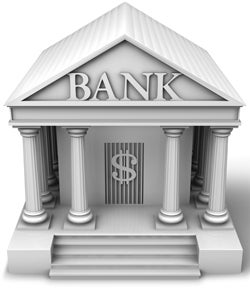When Congress established the initial Troubled Assets Relief Fund in October, many economists and Washington insiders acknowledged that additional funds would ultimately be needed to stabilize the nation’s financial system. Now, Treasury Secretary Timothy Geithner has announced a second phase of TARP.
What will it include?
On Feb. 10, Geithner outlined a package including a program to be run by the Treasury Department and Federal Reserve, with funds from private investors, designed to spend $250 to $500 billion on sketchy mortgage-related assets, isolating them from banks’ healthy assets.
The plan also calls for an expansion of an existing Federal Reserve program to unfreeze credit markets for commercial, student, auto and credit card loans. And finally, it calls for a review of the capital level of all banks, and projections of future losses, to decide how much more money each bank should get.
What will all this cost?
It could be more than $1.5 trillion, including both public and private money. Geithner said he will not ask Congress for more funds than what remains in TARP 1, but some say that request could still come if the programs don’t do well initially. Other money will come from other government agencies, like the Federal Reserve, and private investors.
What about accountability?
The continued bailout of large banks includes a $500,000 pay cap for high-level executives, but not for other managers. The plan does not replace management, dictate how banks spend the money or make shareholders lose a large portion of their investments.
Who got funds from TARP 1?
As of the end of January, the Department of the Treasury lists about $300 billion spent. Nine Massachusetts banks were among those that have seen their preferred stock purchased by the program. None are in Central Massachusetts, although one- Independent Bancorp Inc., which received $78.2 million — is in the process of acquiring Franklin-based Benjamin Franklin Bank.

